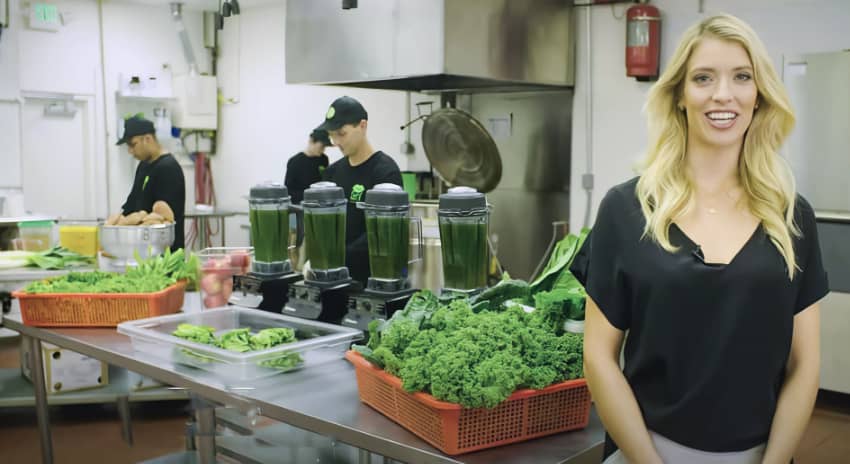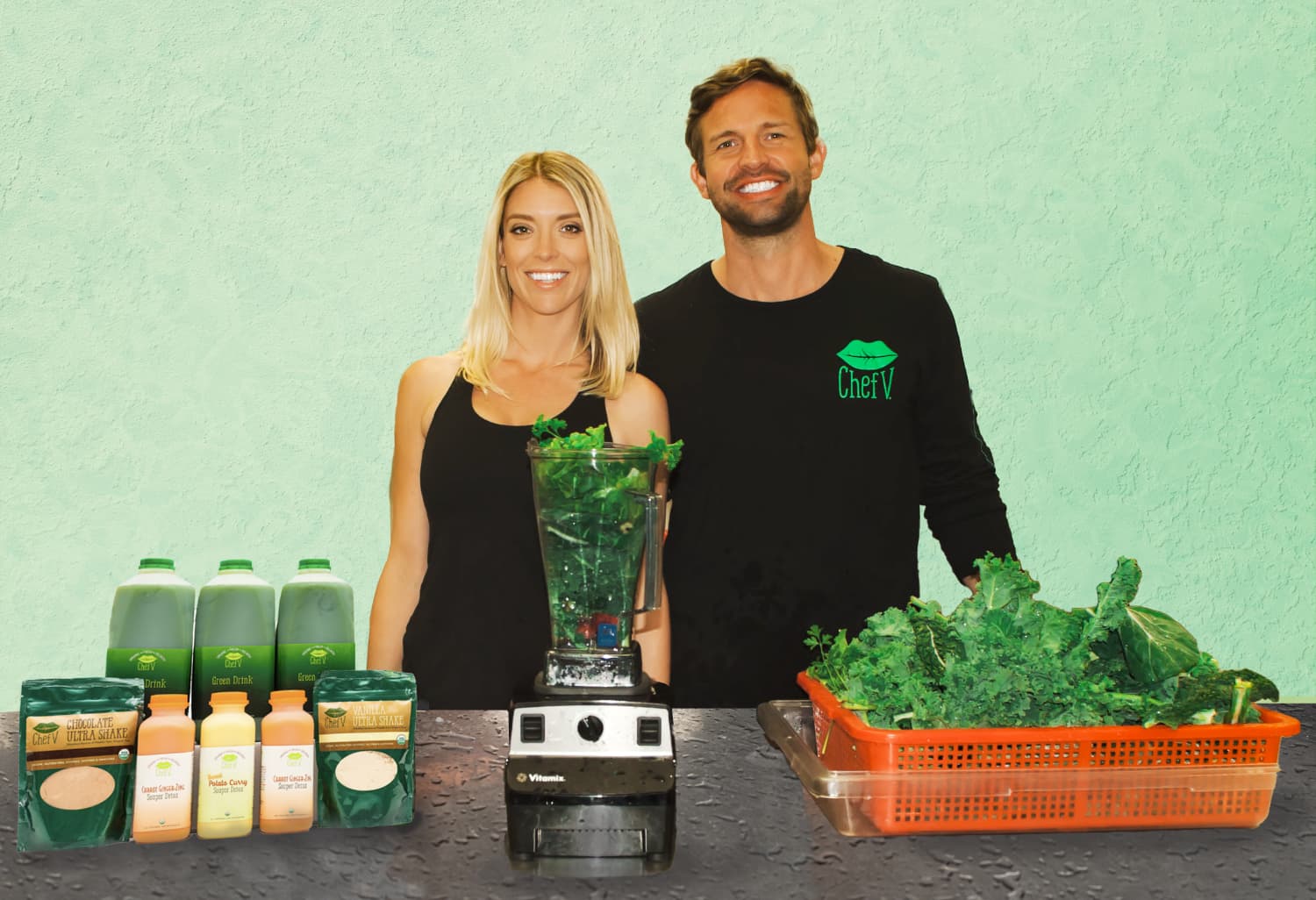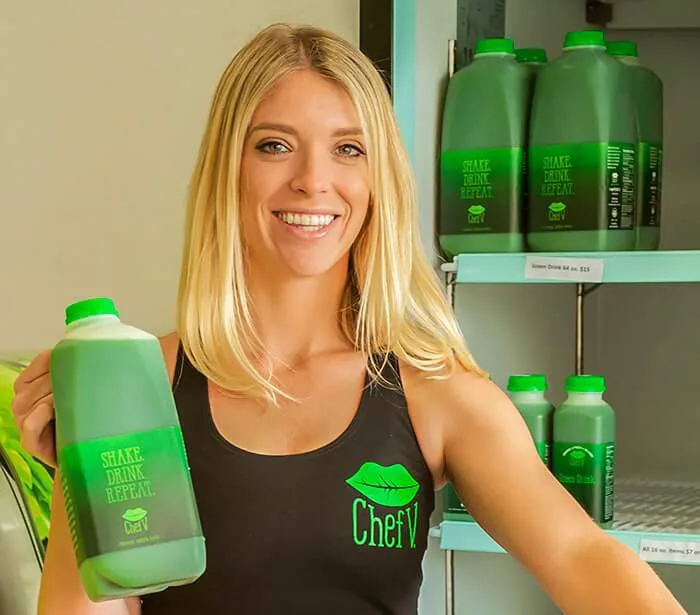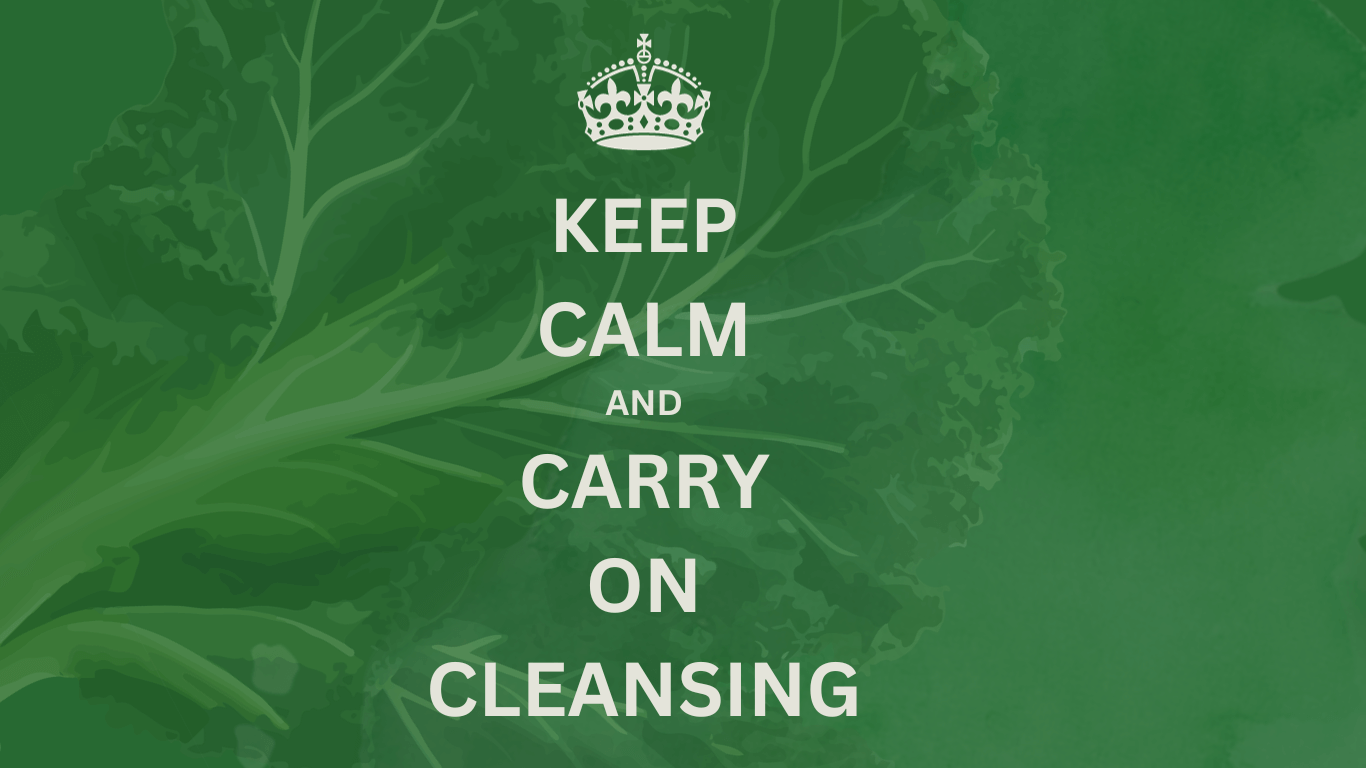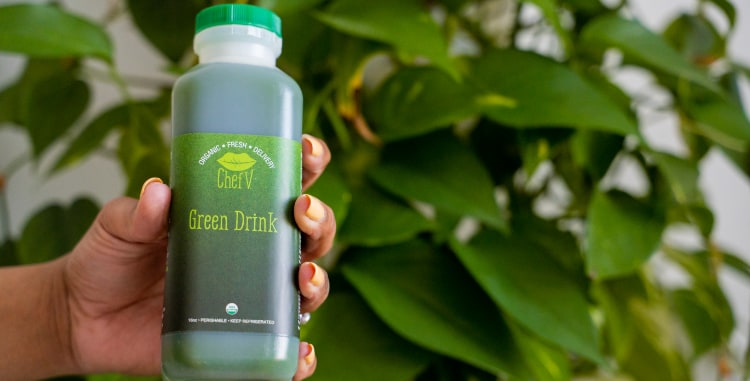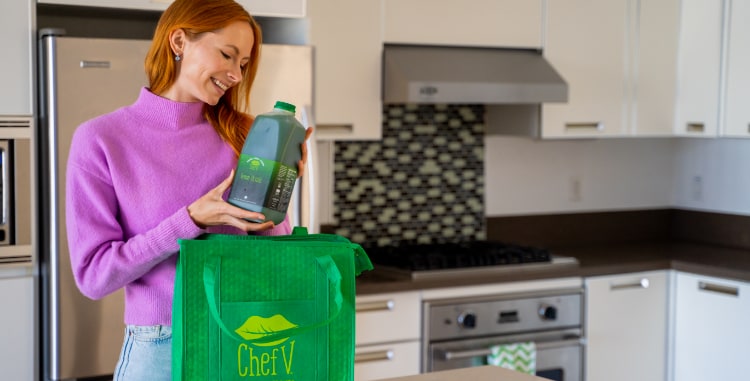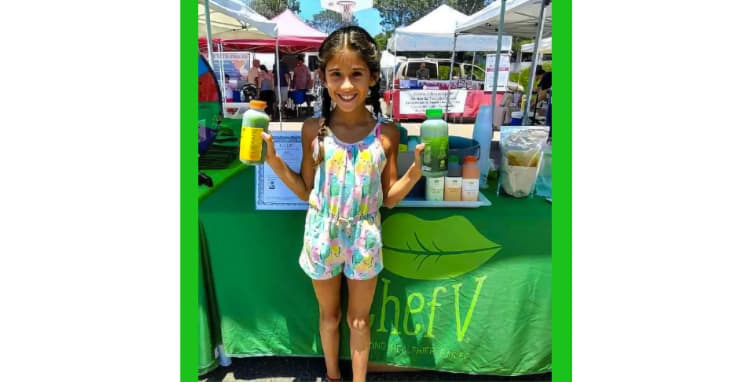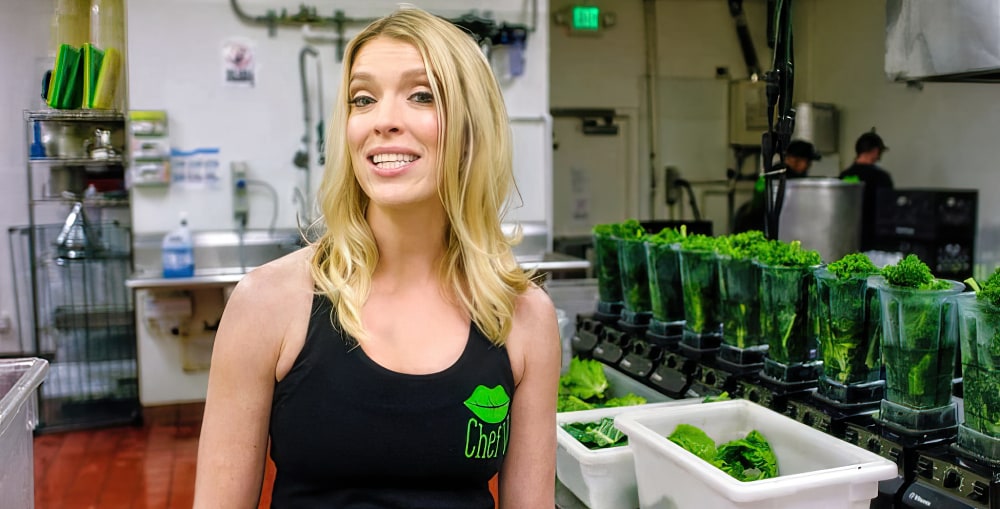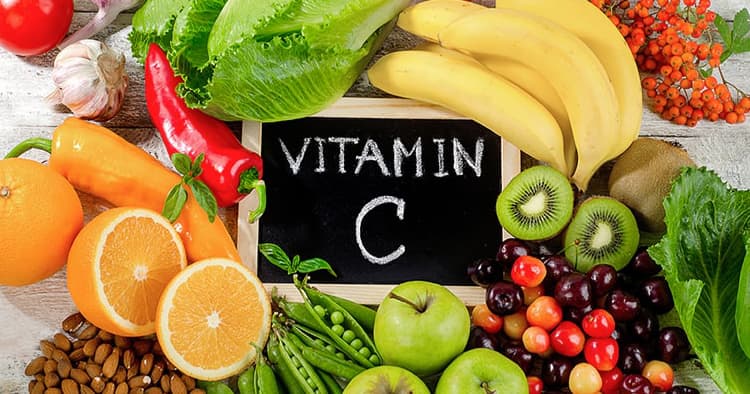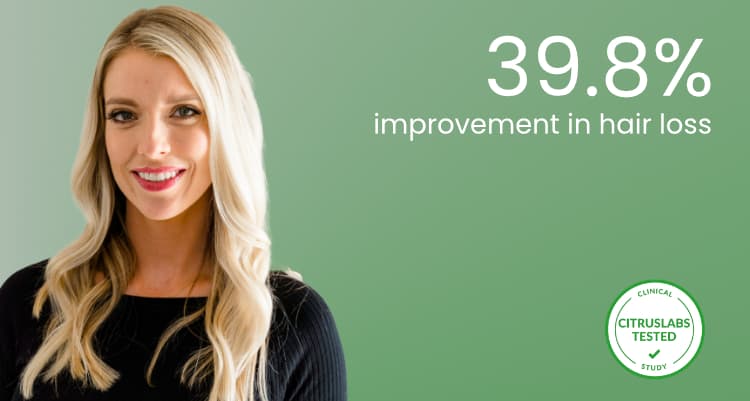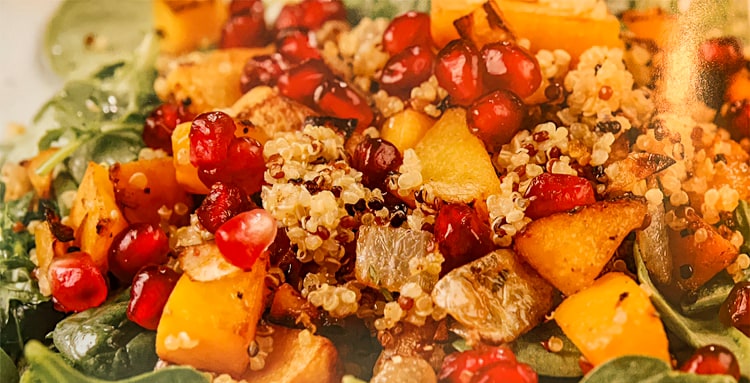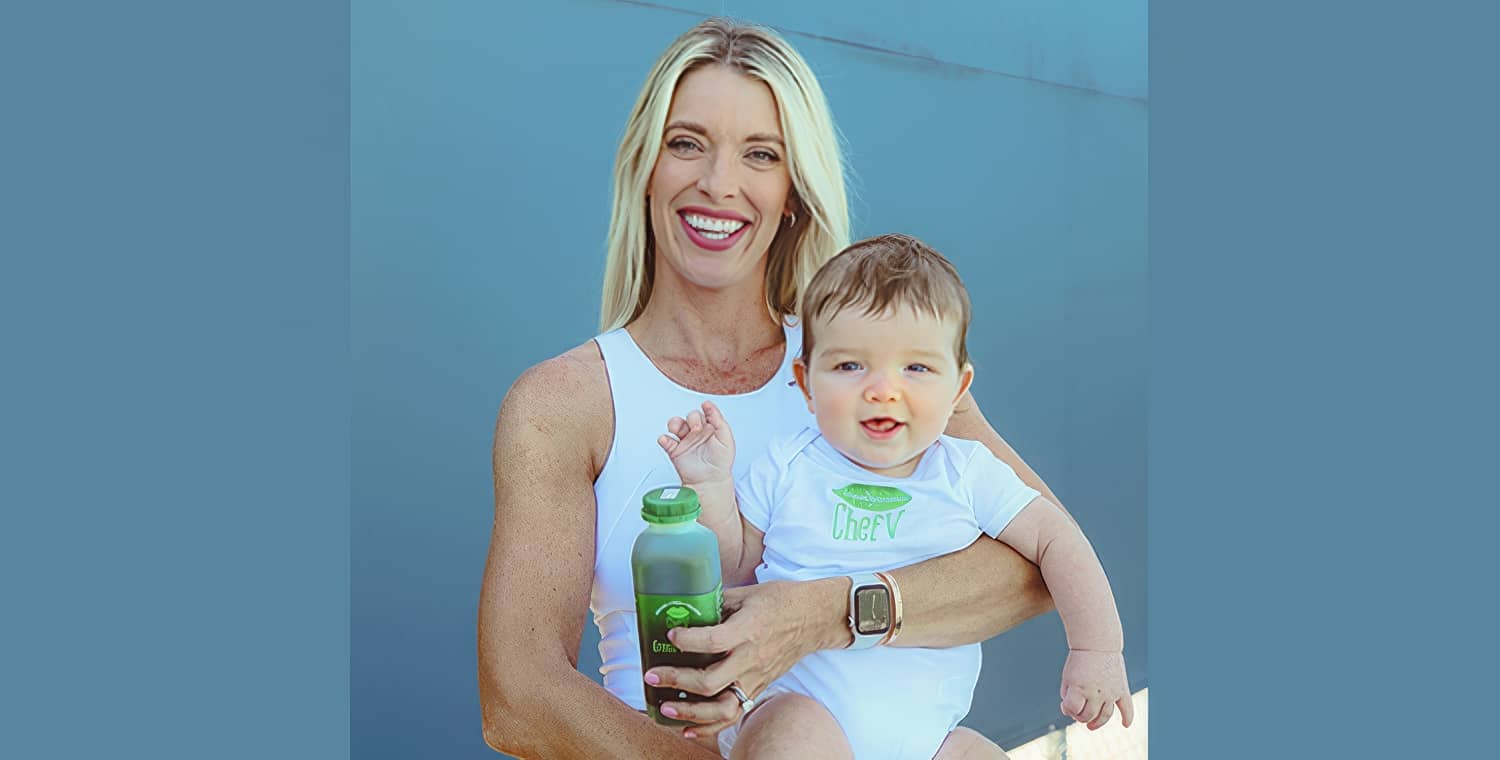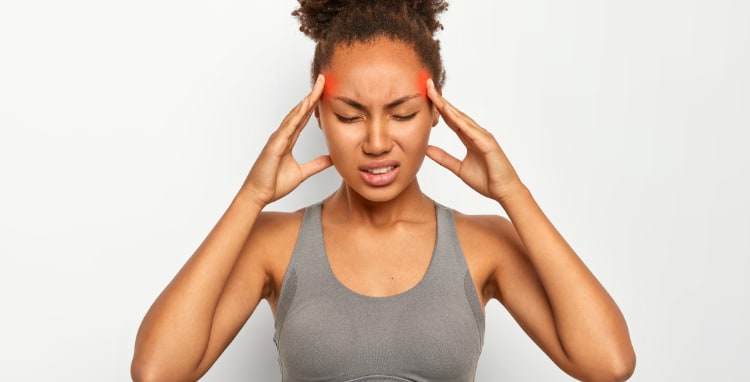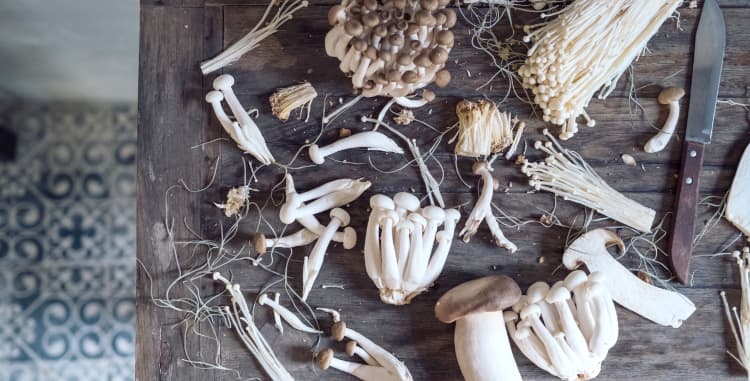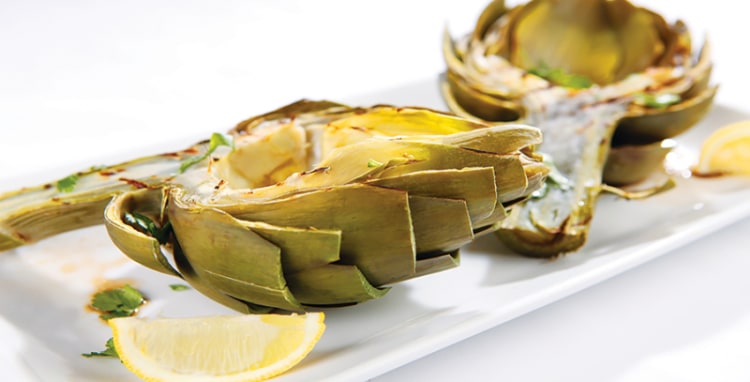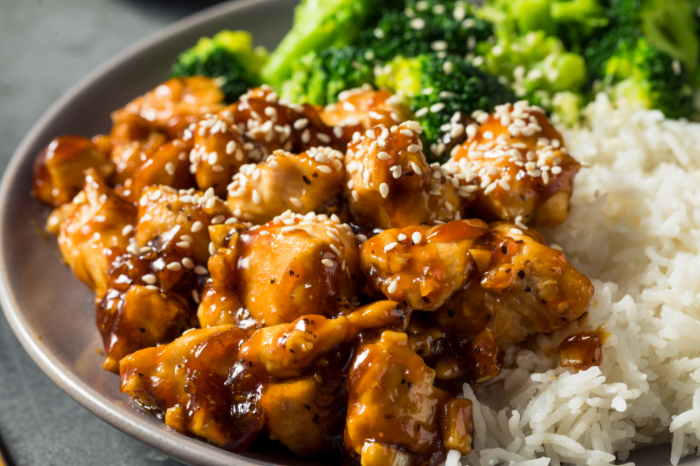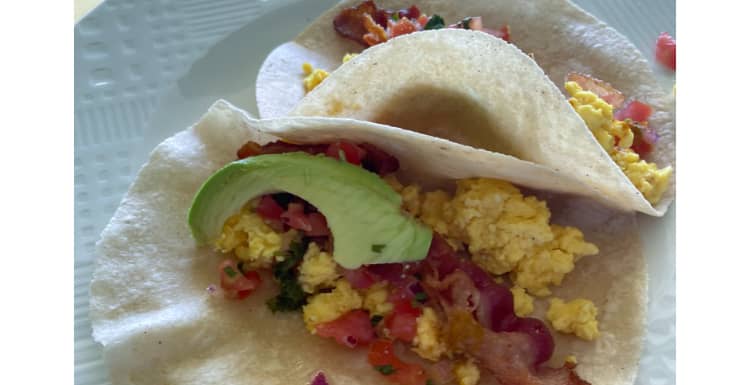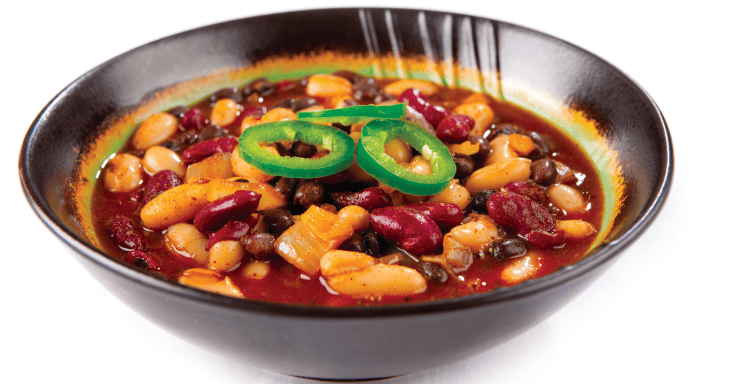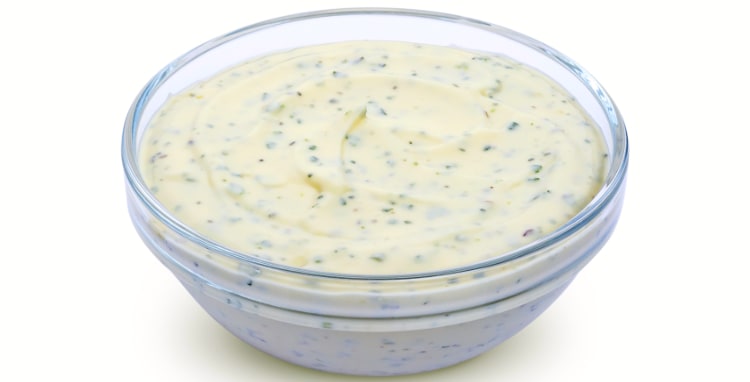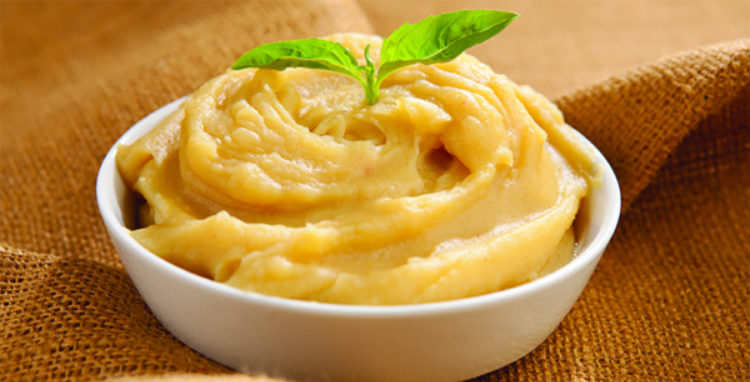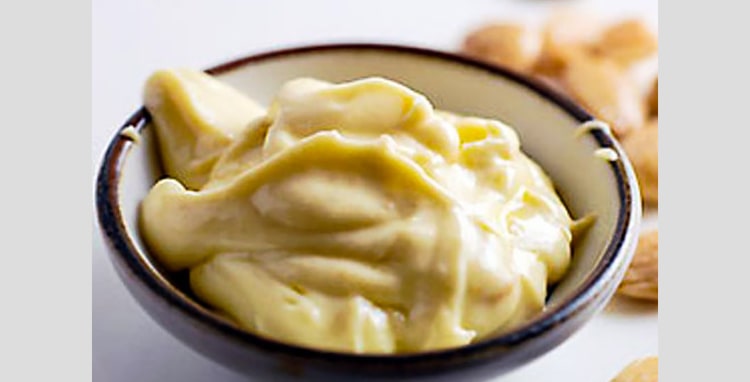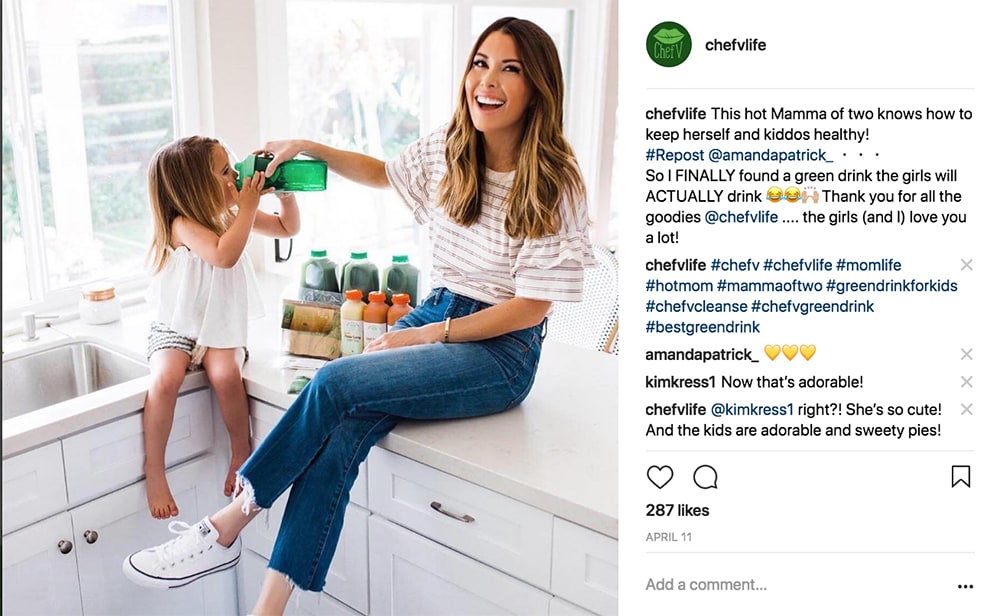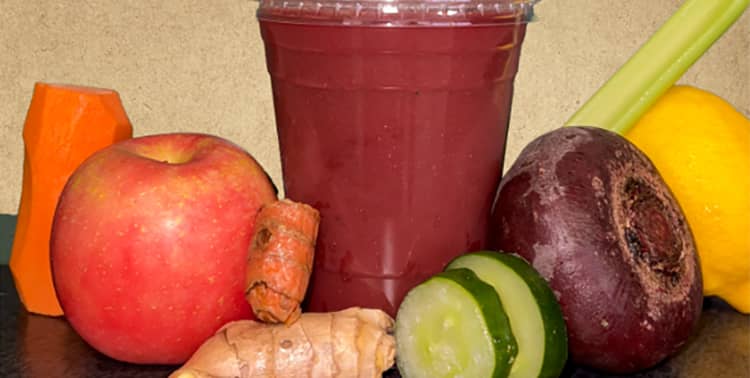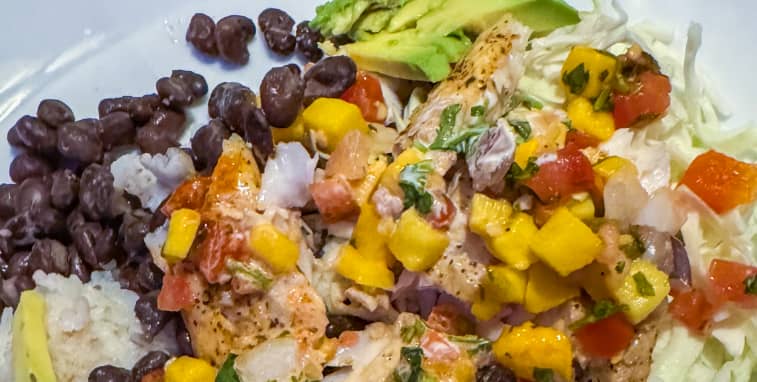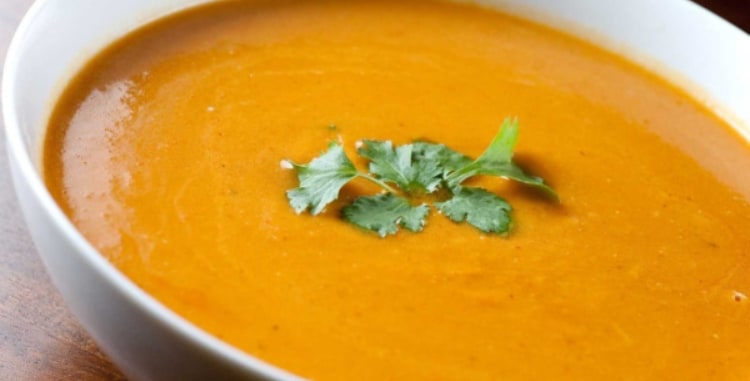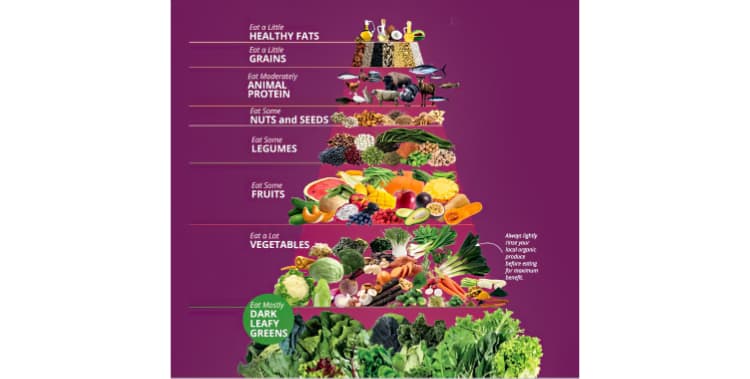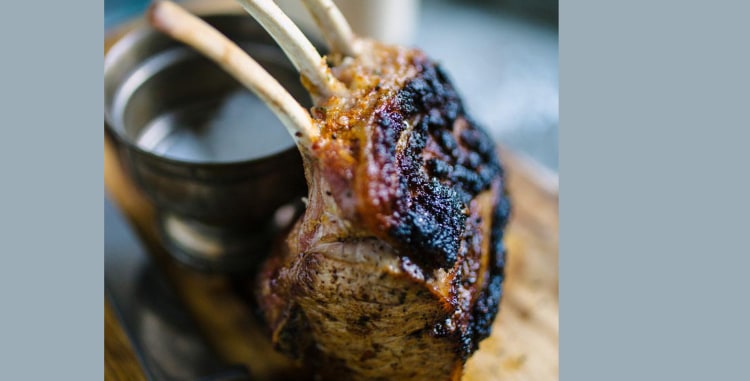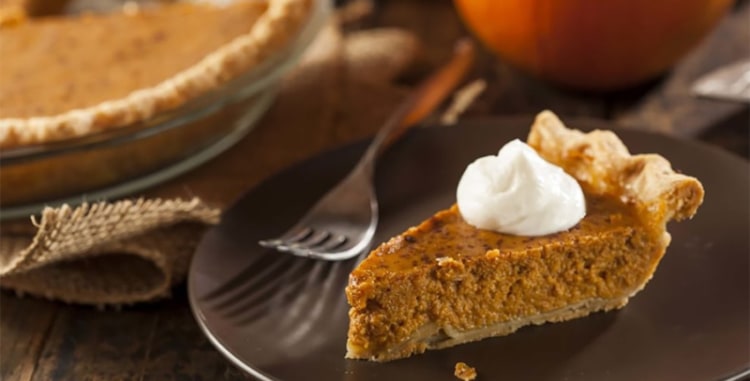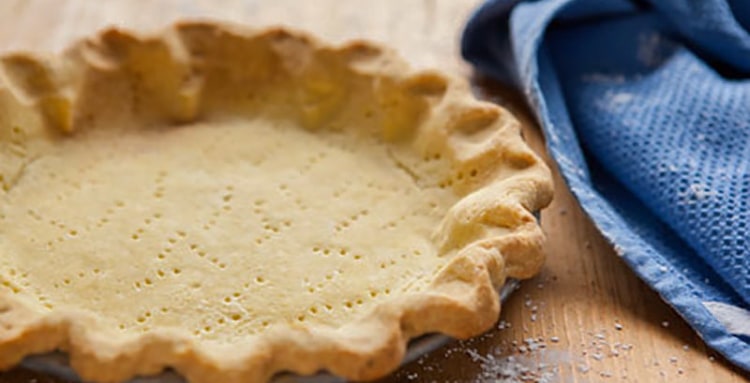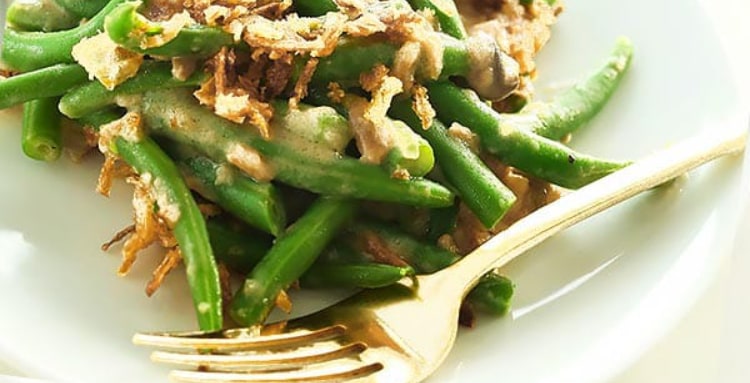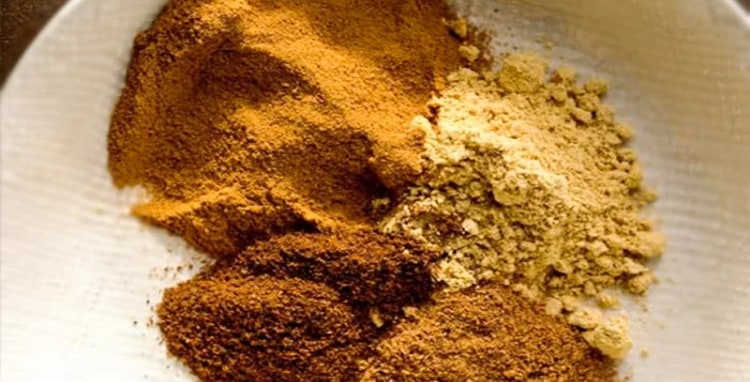When it comes to drinking your greens, which is better for your health …
Option 1: Make your own veggie juice or have GREEN DRINKS delivered.
Or, option 2, mixing a greens powder?
Powder? Backed by billions in venture capital funding, social media influencers, and slick marketing campaigns, it’s easy to see why greens powders may have a leg up in popularity. But how does dehydrated powder stack up to cold-blended veggie juice nutritionally? ChefV.com founder and certified nutritional therapist Veronica “V” Kress weighs in…
I wouldn’t blame you if you wanted me to start with a disclaimer.
Yes, my opinion on the fresh, cold-blended green drink vs. greens powder debate is biased. After all, ChefV.com, which I founded in the early 2010s, delivers the former and has no plans to sell the latter. I’ll explain why in just a bit…
But first, let’s go through each variable and see who comes out on top, green veggie juice (green drinks) or greens powder.

Convenience
I understand that one of the biggest selling points of greens powder is convenience. If you’re traveling out of the country, it’s easier to bring a tub of powder than a gallon carton of Green Drink.
Advantage greens powder? Score: Greens Powder 1 Green Drink 0???
Not so fast.
ChefV.com’s Organic Green Drink home delivery plan offers a convenient way to consume your daily dose of green, leafy veggies. Both Green Drink home delivery and Greens Powders are far easier than the hassle of shopping for produce each day, chopping the veggies and cleaning up the juicer.
So let’s consider the score a tie after the first frame. And I’m scoring generously here because I’ve tried several greens powders that did not disintegrate when I stirred, even after a full minute. Clumps and all, I’ll call it 0-0.
The bottom line is that 90% of Americans aren't eating the minimum daily requirement of vegetables, according to the Centers for Disease Control and Prevention. In light of this, whatever way you find it easiest to get your daily dose of disease-fighting green, leafy veggies, go for it.
But let me tell you why I have no plans on offering greens powder even if one of the VCs from Shark Tank called me offering to bankroll it.


Nutrient Density
Again, if someone goes from eating fast food and drinking soda for the majority of their calories to using a greens powder, I’m all for it. But if we’re keeping score here when it comes to nutrient density, cold-blended raw Organic Green Drinks hits a grand slam. Greens Powder strikes out. Is my scoring a bit exaggerated? Mmm, maybe. But without a doubt, fresh green juice is superior for maintaining nutritional integrity.
You see, many brands of greens powders freeze-dry their ingredients. Besides killing the fresh right-out-of-the-ground taste that only farmer’s market produce has—Chef V sources all 7 certified organic green leafy veggies from local farmers—this freeze-dry process destroys some of the nutritional content.

Are Greens Powders better for you than a Big Mac? Of course, but when comparing fresh green drinks to freeze-dried powders that can sit on the shelf for months, there’s no comparison when it comes to who wins the nutritional preservation contest.
Winner: Green Drinks

Purity
“I love drinking juice that taste’s like grass clippings,” said nobody, not even people who love doing wheatgrass shots. To make a green veggie juice taste appealing, it needs to have something added.
With Organic Green Drinks, my recipe contains a tiny bit of organic green apple and organic apple juice. Even with these two additions, the total sugar content for an 8-oz serving is 3 grams. (For those who have a sweet tooth and are weening off of added sugars, Chef V offers a Tropical Green Drink with mango, pineapple and pineapple juice, which adds only 3 more grams of sugar.)
What do some (not all) Greens Powder makers add to make it sweet? Sugar or fillers and additives that enhance texture. Not to mention that Greens Powders had a problematic history of being contaminated with heavy metals.

On the other hand, cold blended leafy green vegetables are prepared using fresh produce. This ensures that the nutrients remain intact and that the flavors are preserved. While green powders might be convenient, the advantage of consuming fresh, organic, whole-food vegetables cannot be understated.
In making Organic Green Drinks, Chef V takes no shortcuts. Every order of Green Drink is made to order fresh and contains 7 certified organic leafy greens for maximal nutrient density.
Winner: Green Drinks
Below, Veronica takes you on a tour of the Chef V kitchen
Bioavailability
Bioavailability means how quickly and effectively your cells uptake (use) the nutrients. I admit that there are no studies (none that I found anyway, believe me, I looked high and low) directly comparing the nutrient absorption of green drinks versus greens powders. (If you’re a nutrition geek like me and come across a study like this, let me know!)
In theory, the synergistic effects of various compounds in whole foods might contribute to better nutrient absorption than freeze-dried powders. But here’s what I’ll do since I can’t find a smoking gun, scientific comparison: I’ll call it a draw.
Winner: A Draw

Truth In Advertising
With wellness influencers and well-funded marketing campaigns promoting greens powder brands, it’s very easy to be swayed and trust that what you see is what you get.
But as ConsumerLab.com, an independent non-profit research organization points out, “Although many greens products contain a long list of ingredients, specific amounts for each ingredient are not always provided.” Even worse, some brands of greens powders make false claims about their health benefits, such as curing hangovers.
In comparison, with ChefV.com Green Drinks, what you see is what you get. 7 certified organic green leafy veggies and a wee bit of apple added for some sweetness. There’s even clinical research that backs using Green Drinks for improving several health and wellness biomarkers.
Winner: Organic Green Drink
Gut Health
Chef V Organic Green Drinks are raw, which means that the beneficial bacteria are retained in the cold-blending process. The same can’t be said about greens powders, many of which use high-heat pasteurization, which can kill many of the friendly microorganisms that feed your gut and create healthy compounds called short-chain fatty acids.
Winner: Organic Green Drink
Above, take a tour of the Chef V kitchen with Veronica
Final Verdict: Organic Green Drinks Vs Greens Powders
Look, I didn’t intend to get into a pissing match with greens powders. But I felt like I had to defend the honor of my humble Green Drink. This is a David vs. Goliath nutritional showdown. Chef V is clearly the David in this picture. We haven’t reaped the benefits of multi-million-dollar checks from deep-pocketed Silicon Valley backers. The fruits of our labor and sweat equity have come at the expense of inflation, the soaring cost of goods and services, all the while doing our best to keep prices steady for our loyal customers.
But I’ll take the easy way out and give the final parting slingshot to registered dietitian Jemma O'Hanlon, who told Huffington Post Australia, “I'm not a huge fan of green superfood powders, simply because they're a highly processed version of the real thing, and are not really a 'food' that we can cook up a meal with.” O’Hanlon added, “We don't have strong research to support … health benefits from consuming them, but we do have a huge body of evidence to support the consumption of 'real' fruits and vegetables. You know, the ones that you can pick off a tree and eat or pull out of the garden bed.”
Increase your intake of organic, fresh, green, leafy veggies the easy way with Chef V’s Organic Green Drink delivery plan.


